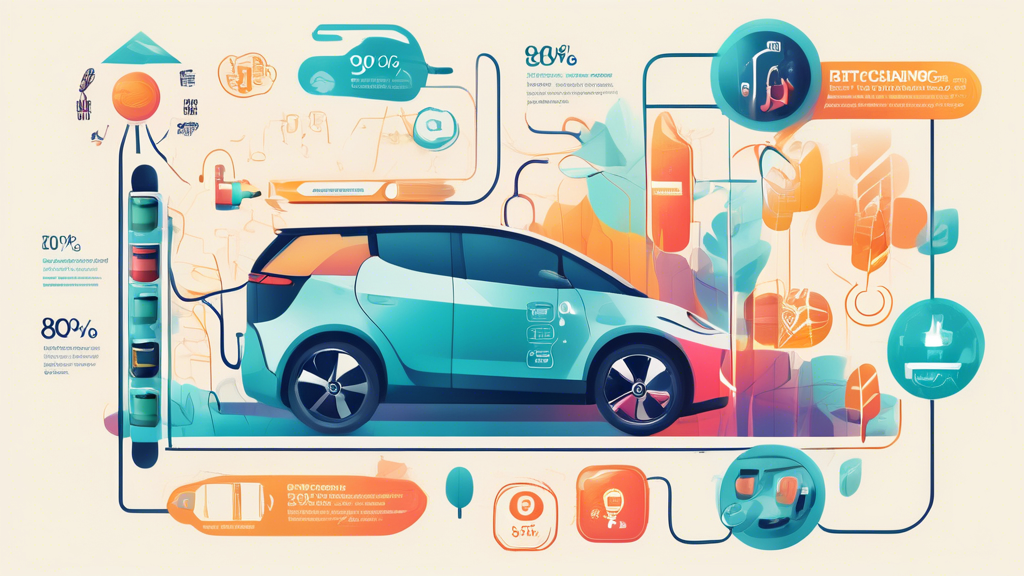
The 80% Charge Rule for Electric Vehicles: A Guide to Battery Bliss
Alright, let’s dive into a topic that’s sparking a lot of interest (pun absolutely intended)—the 80% charge rule for electric vehicles (EVs). If you’ve snagged an electric chariot or you’re eyeing one up, you’ve likely stumbled across this rule. But what’s the deal? Is it a hard and fast rule, a gentle suggestion, or something in between? Let’s explore the ins and outs and why it might be your battery’s best friend.
What’s the Big Deal with 80%?
First, we’re talking about lithium-ion batteries here, the heart and soul of your electric vehicle. These batteries, like humans, don’t enjoy being stressed out. Charging to 100% or letting them drain to 0% feels like running a marathon without training—it’s technically doable, but it’s not going to be pretty.
Enter the 80% rule. It suggests charging your EV’s battery to about 80% capacity rather than full. Why not go the distance? Well, topping off to 100% can actually stress your battery, affecting its longevity and overall health. Think of it as overeating at a buffet; just because you can doesn’t mean you should.
The Science Behind It
Without getting too deep into the electron shuffle, charging 100% frequently puts your battery under high-voltage stress. This increases the risk of battery degradation, meaning your range could get shorter over time, and nobody wants that. Charging up to 80% reduces internal stress, helping preserve battery life and keeping your ride rolling smoothly for longer.
Real-World Application: To 80% and Beyond?
Okay, but how strict is this rule? Do you need to watch your charge like a hawk, pulling the plug at precisely 80% every time? Thankfully, no. Most modern EVs and charging systems are smart enough to manage your battery health. Many offer settings that allow you to cap charging at a certain percentage. Setting this cap at 80% is a great way to follow the rule effortlessly.
However, life is rarely one-size-fits-all. Sometimes, you need every electron your battery can hold for a long trip. In these cases, charging to 100% is perfectly fine. Just try not to make it a habit. Think of it as saving that extra slice of cake for a special occasion.
The Bottom Line
So, should the 80% charge rule be etched in stone? Not exactly. It’s more like a guideline—a very, very good guideline—for maintaining battery health. Adhering to it when you can will likely help your EV’s battery live a longer, happier life. And who doesn’t want that?
Following the 80% rule can save you from future headaches by treating your EV’s battery with a bit of TLC. Remember, it’s about finding the right balance for you and your vehicle’s needs. Happy (and healthy) charging!
